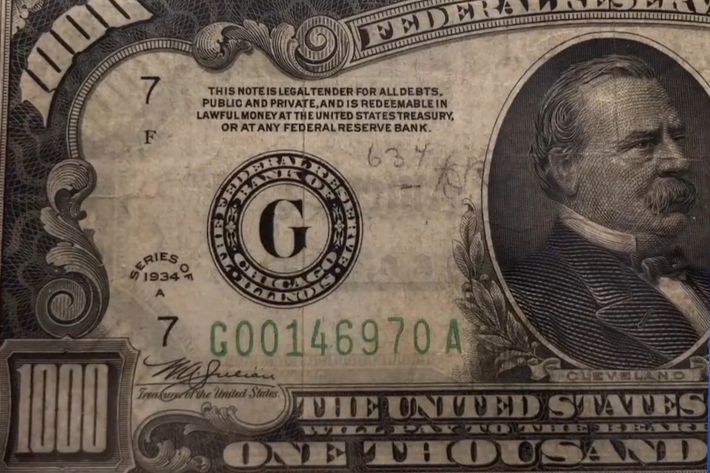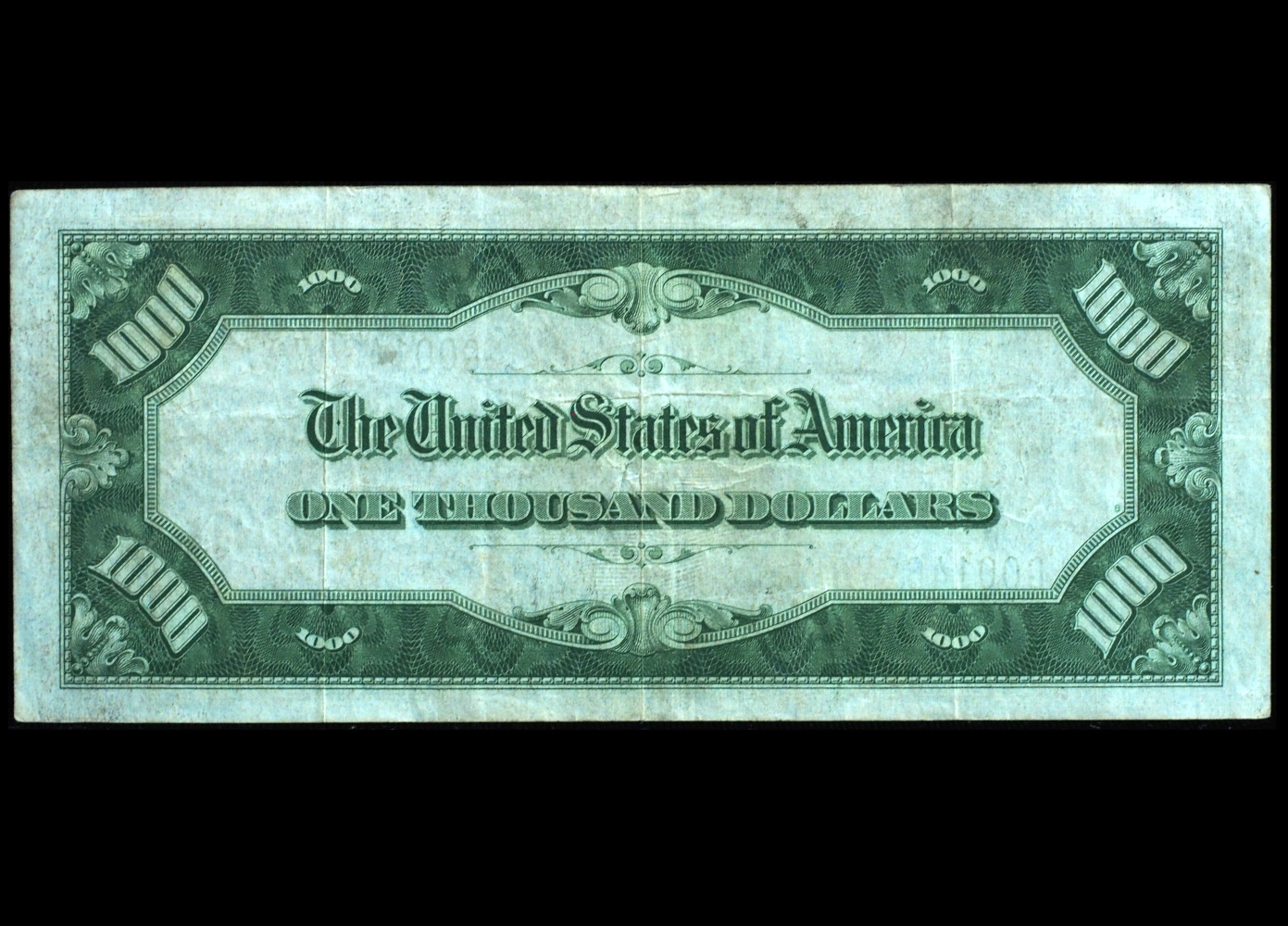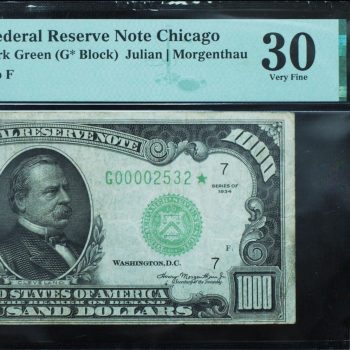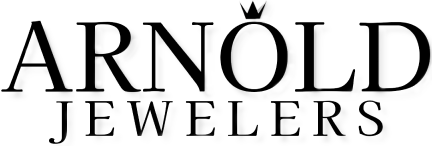Grow your Currency Collection with the American Money $1000 Dollar Bill

For currency collectors with an eye for rare and valuable notes, the American money $1000 dollar bill represents a highly sought-after paper note in the world of numismatics. This exceptional piece of currency history originated in the late 18th century, with the most notable series issued during the 20th century. Renowned for its scarcity and historical significance, the $1000 bill features prominent figures such as Alexander Hamilton and Grover Cleveland, depending on the series. The value of the US $1000 dollar bill varies significantly based on its condition and rarity, with estimates ranging from $2,000 to over $5,000. Whether you are looking to expand your collection or considering selling one of these illustrious notes, understanding its rich background and market value is essential.
The History of the $1000 Bill
The first American money $1000 bill was printed in 1861, during the Civil War. It wasn’t until the 1920s that it became more widely used. In those days, rich individuals and businesses relied on large denominations like $500, $1,000, $5,000, and $10,000 to facilitate huge transactions, such as property purchases or investments. As time went by, the use of high-denomination bills declined.
Why were the $1,000 bills discontinued in 1969?
In 1969, the US government stopped printing anything larger than a $100 bill. The official US government’s response to the discontinuation of $1,000 bills in 1969 was that they were discontinued due to a lack of interest. As a result, only a few thousand $1000 bills are in circulation today.
What makes the $1000 bill so special?
Well, for starters, it has historical significance. In the early 20th century, it was common for banks to issue their currency as a way to attract more customers. However, during the Great Depression, many banks went bust, causing widespread panic.
In response, the government passed the Banking Act in 1935, which centralized the country’s currency and ended bank-issued notes. Therefore, the American money $1000 bills symbolized a bygone era and a testament to the country’s financial evolution.

Who is the 1000 Bill President?
President Grover Cleveland is featured on the newer (1928-1934) $1000 notes. He was the United States of America’s 22nd president. The historical figures showcased on older currency are President Andrew Jackson on Civil War-era $1,000 bills and Founding Father Alexander Hamilton on the 1918 Federal Reserve note.
How much is a $1000 bill worth?
Another reason why collectors seek out $1000 bills is their rarity. Since they are no longer printed, the supply of these bills is finite and dwindling. Moreover, only a small percentage of $1000 bills were printed with unique serial numbers or in error, making them even more valuable and desirable among collectors.
In fact, a $1000 bill can be purchased between $2000 and $6000 dollars on the market, depending on its condition and grading. However, since these bills are so rare, it is vital to buy from reputable dealers to avoid scams or counterfeits.
How Much is a Well-Worn Common Issue $1,000 Bill Worth?
A well-worn common issue $1,000 bill from 1934 is worth a minimum of $2,000. However, its value can increase even more depending on the bill’s condition and the quantity of that specific bill that was circulated. In some cases, if the bill is in pristine condition, it can fetch up to $5,000 or possibly even more, especially if it is considered to be a rare variant.
We Pay Top Dollar for Old Currency
Are $500 and $1,000 bills still available for use in the U.S. Banking system?
No. $500 and $1,000 bills are no longer available within the U.S. banking system. The limited supply of these bills is currently held by coins and currency dealers, collectors, and investors. Therefore, it is highly unlikely that any U.S. banks currently possess the $500 and $1,000 denominations for use in everyday banking transactions.
Collecting Old Currency
When it comes to collecting $1000 bills and other valuable currency, there are various strategies to consider. Some collectors seek to acquire one bill of each high denomination, while others focus on building a collection of unique serial numbers or error prints.
Regardless of your approach, handling your bills with care is crucial. Keep them in a dry, cool, and secure location, preferably in a protective sleeve. Avoid touching the bills with your bare hands, as the oils in your fingertips can cause damage or discoloration over time. And don’t forget to get your bills professionally appraised and insured to protect your investment.

What are Star Notes and Why are They More Valuable?
STAR notes are a specific type of currency that holds a higher value and rarity compared to non-starred notes. These distinctive notes serve as replacements for any bills that were printed with errors during the initial printing process. Because they are used to replace imperfect or misprinted notes, STAR notes are significantly scarcer. This makes them highly sought after by collectors and enthusiasts alike.

The primary reason for the increased value of STAR notes lies in their scarcity. As replacement notes, they are only produced in limited quantities, making them much rarer than regular notes. The original printed bills that contain errors are withdrawn from circulation and destroyed, which further reduces the number of STAR notes available to the public. This limited supply creates a higher demand, ultimately driving up their value. Collectors and currency enthusiasts are particularly fond of STAR notes due to their unique nature.
Why Currency Collectors Need American Money $1000 Bill
In conclusion, the $1000 dollar bill US is an exceptional piece of American history, and owning one is a testament to your passion for currency collecting. Whether you seek to add a high-denomination bill to your collection or embark on a thrilling hunt for unique serial numbers, the $1000 bill offers a glimpse into a time long gone and a window into the future of currency. So go forth and pursue your dreams of owning the elusive $1000 – who knows, it might just be the centerpiece of your collection.
Looking to Buy Old Currency?
- Categories:
